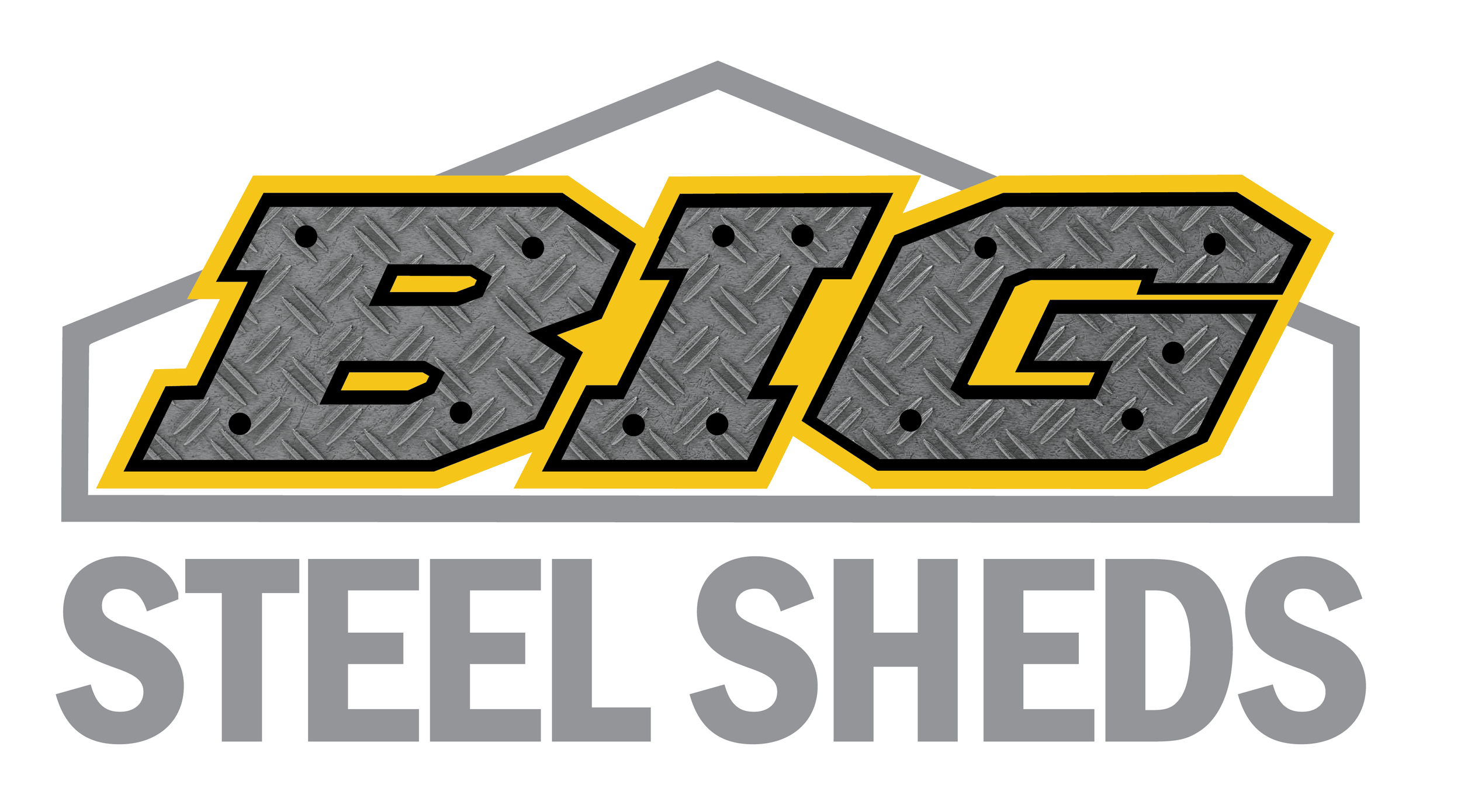Safety Protocols and Regulations for Feedlot Sheds – Compliance and Best Practices
When it comes to running a successful and ethical cattle operation in Australia, maintaining a compliant and well-managed feedlot shed is not just good business practice – it’s essential. From animal welfare to staff safety, the design and upkeep of your feedlot infrastructure directly impacts productivity, compliance, and community trust.
At The Big Steel, we understand the complexities of cattle feedlot requirements, and we’re committed to helping operators meet (and exceed) them. Whether you’re expanding your existing operation or investing in a new facility, staying across the latest feedlot safety protocols and regulations is critical.
Understanding the Regulatory Framework
In Australia, cattle feedlot compliance is governed by a combination of national standards, state-based regulations, and voluntary industry-led schemes. These include:
- The Australian Animal Welfare Standards and Guidelines for Cattle
- The National Feedlot Accreditation Scheme (NFAS)
- State-specific legislation, such as Victoria’s Prevention of Cruelty to Animals Act 1986
- Codes of Practice, like the Victorian Code of Accepted Farming Practice for the Welfare of Cattle
Feedlot operators must ensure their infrastructure and management systems are aligned with these frameworks to maintain their licence to operate and meet the expectations of regulators, customers, and the community.
Feedlot Shed Design – Safety by Structure
Feedlot sheds are more than just shelters; they’re an integral part of the entire cattle handling system. A compliant design should:- Protect livestock from harsh environmental conditions (heat stress, cold winds, rain, etc.)
- Promote animal welfare through adequate space allocation, ventilation, and access to feed and water
- Minimise hazards for handlers and machinery by ensuring structural integrity and safe walkways
- Enable efficient cleaning and waste management to reduce disease risk
Features such as non-slip flooring, adequate lighting, and structurally sound steel frameworks all play a role in achieving safe and efficient cattle handling.
Best Practices for Animal Welfare and Compliance
Meeting cattle feedlot requirements means prioritising the welfare of livestock throughout every stage of the feeding cycle. Best practices include:
- Low-stress handling techniques to reduce injury and promote calmer behaviour
- Appropriate shade and shelter, such as well-ventilated steel sheds, to manage heat load
- Reliable access to clean water and a nutritionally balanced diet, with feeding systems designed for easy access and monitoring
- Proactive health monitoring and treatment, supported by clear protocols and trained staff
Sheds that support good ventilation, enable segregation of unwell animals, and provide ease of observation contribute directly to animal welfare compliance.
Staff Safety and Training
Workplace health and safety (WHS) is just as critical in feedlots as it is in any industrial setting. Employers are required by law to provide a safe working environment, and feedlot sheds must be designed to support this. Key safety measures include:
- Designated pathways for people and equipment, reducing the risk of accidents in high-traffic areas
- Safe access points, such as ramps and platforms with guardrails
- Emergency access and exit routes
- Compliance with electrical and fire safety standards
Training is a cornerstone of safety. All personnel should be inducted in animal handling, machinery use, and shed-specific procedures to ensure operations run smoothly and without incident.
Environmental and Biosecurity Considerations
Modern feedlot sheds are increasingly designed with environmental sustainability and biosecurity in mind. To meet cattle feedlot compliance standards, operators must:
- Manage effluent and stormwater runoff through proper drainage and containment systems
- Control dust and odour, especially in dry conditions or near residential zones
- Implement pest control programs, including the physical design of sheds to limit pest access
- Enforce hygiene and quarantine protocols to prevent the spread of disease between livestock groups
Using durable materials like galvanised steel for shed construction helps reduce long-term environmental impact and maintenance costs.
The Role of NFAS and Industry-Led Initiatives
The National Feedlot Accreditation Scheme (NFAS) is a voluntary, independently-audited program that sets best practice benchmarks for feedlot operations in Australia. Participating feedlots commit to high standards in animal welfare, food safety, and environmental stewardship. NFAS also encourages continuous improvement through regular audits, making it a valuable framework for any operator who’s serious about long-term viability and industry leadership. Structurally compliant feedlot sheds form the physical backbone of a facility’s ability to meet NFAS expectations.
Why Choose The Big Steel?
At The Big Steel, we design and manufacture high-performance feedlot sheds that are engineered for Australian conditions and fully aligned with cattle feedlot requirements. We understand the unique pressures feedlot operators face, and we partner with our clients to deliver steel structures that:
- Support animal welfare and WHS compliance
- Enhance operational efficiency
- Meet both regulatory and environmental obligations
- Are built to last, even in the harshest rural climates
Whether you need a customised shade structure, a large-scale farm shed, or support with planning and layout, our expert team is ready to help.
Looking to upgrade or build your next feedlot shed?
Feedlot shed compliance isn’t a one-time checkbox – it’s an ongoing commitment to safety, welfare, and operational excellence. By investing in quality infrastructure, staying across your compliance obligations and working with trusted suppliers like The Big Steel, you can build a feedlot operation that’s not only productive, but sustainable and future-ready. Contact The Big Steel today to discuss solutions tailored to your operation, and take the next step in meeting Australia’s cattle feedlot compliance standards with confidence.
